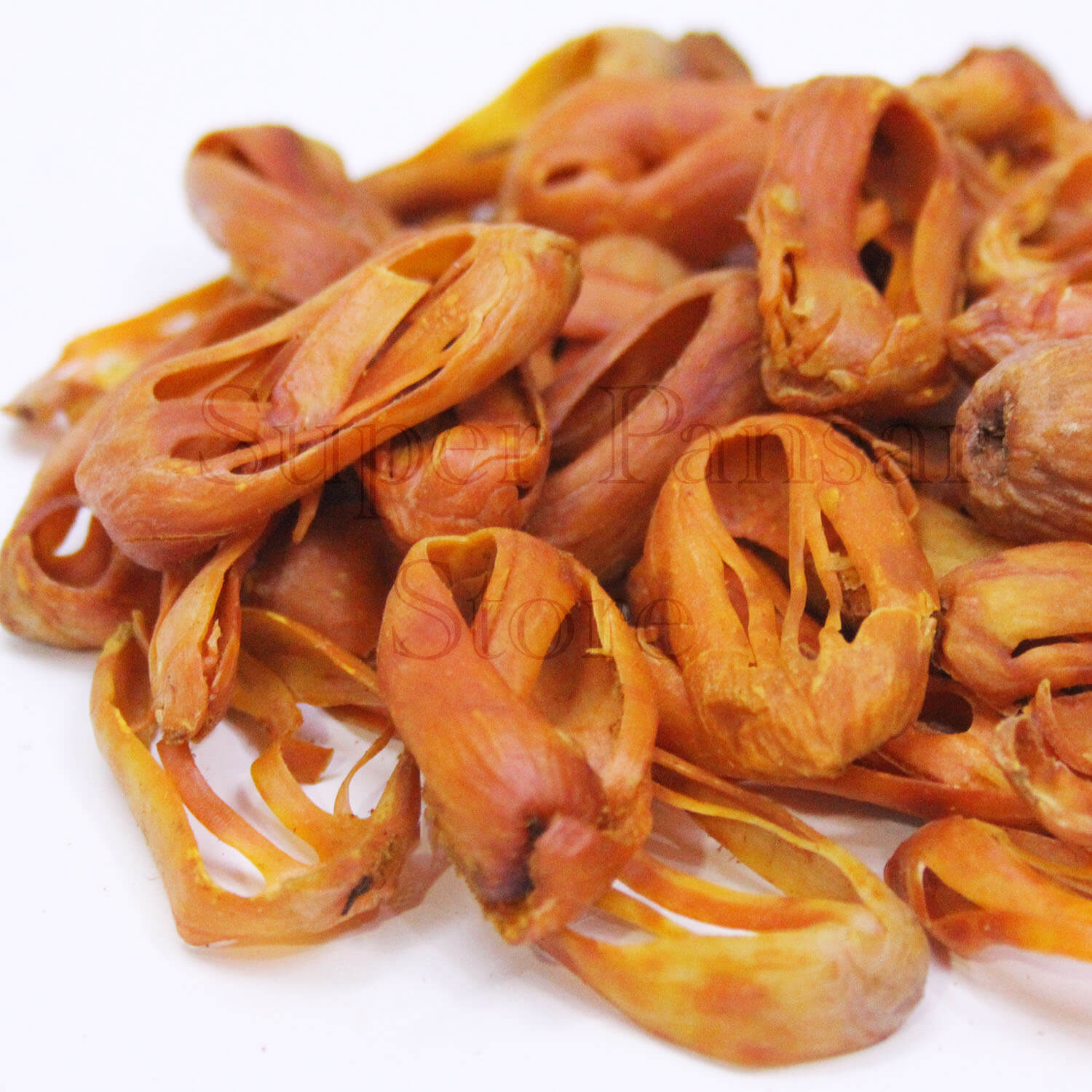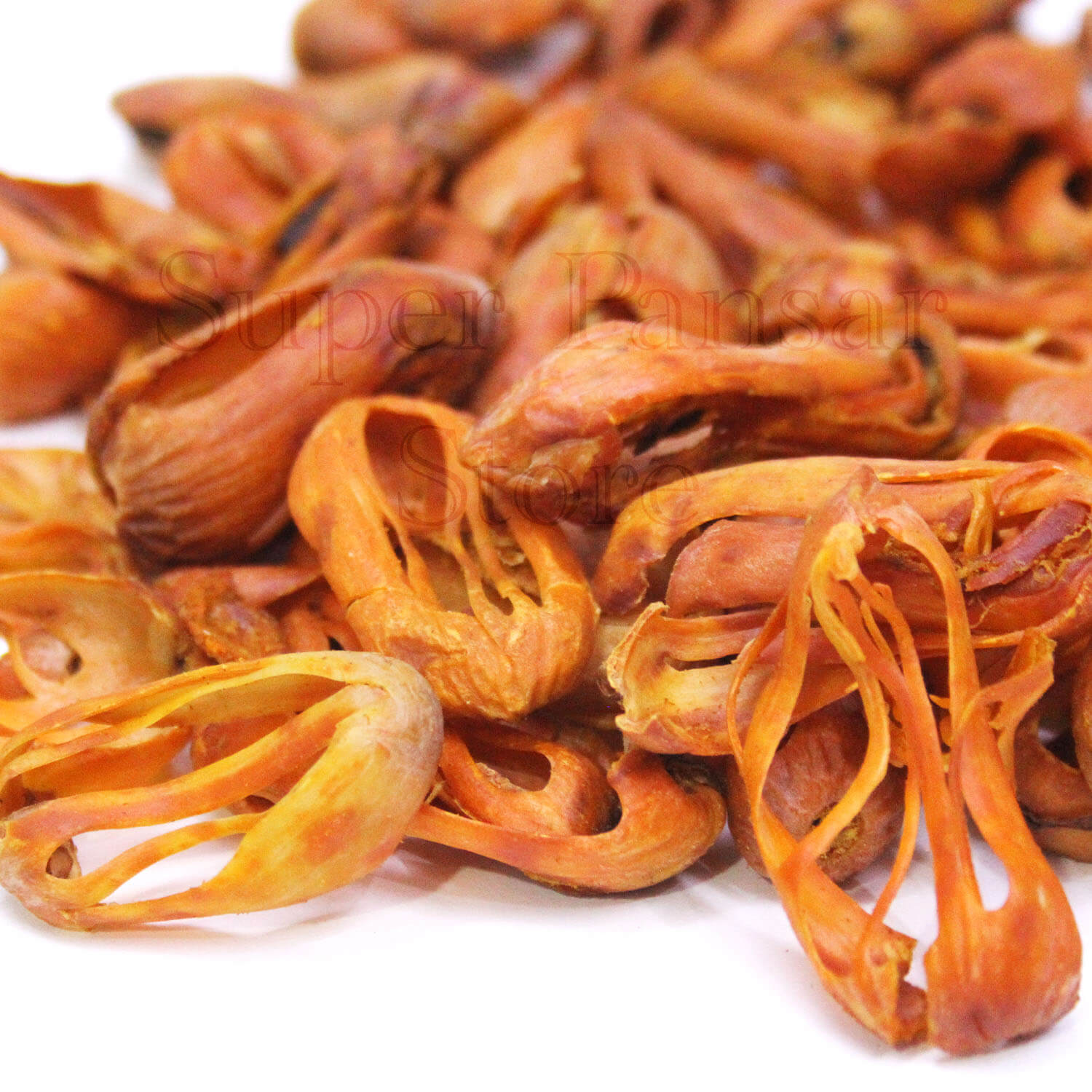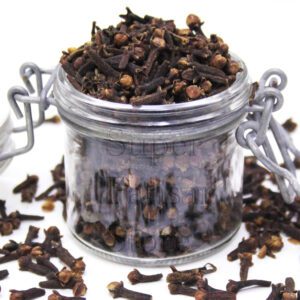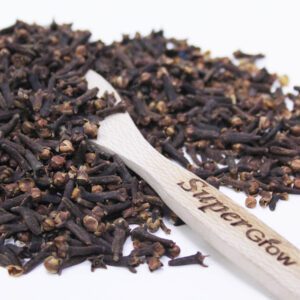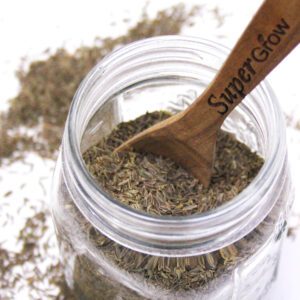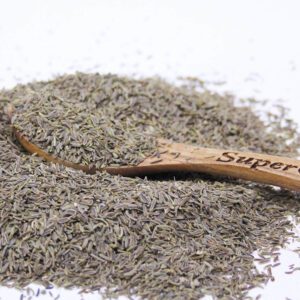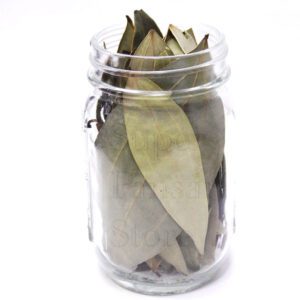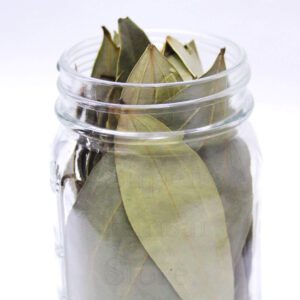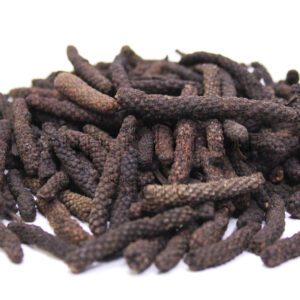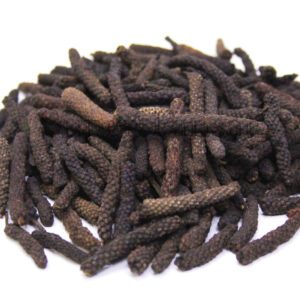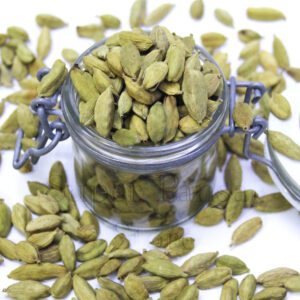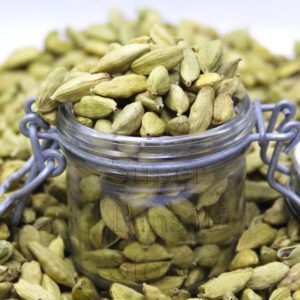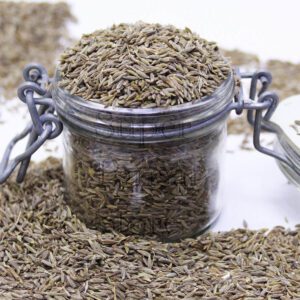Mace (Jalwatri) جلوتری
₨ 500 – ₨ 8,250
Super Mace: The Fragrant Spice of Subtle Warmth and Complexity
Mace is the lacy, red-orange aril that surrounds the nutmeg seed, offering a flavor profile similar to nutmeg but with a more delicate, floral undertone and a slightly peppery finish. Native to Indonesia, mace has been prized in both culinary and medicinal traditions for centuries. In cooking, it adds a warm, aromatic depth to both sweet and savory dishes, from rich curries and stews to desserts like cakes, custards, and spiced beverages. Its fragrant, slightly astringent flavor makes it a key ingredient in spice blends such as garam masala, pumpkin pie spice, and mulled wine. Beyond its culinary uses, mace is known for its digestive, anti-inflammatory, and mood-boosting properties, often used to relieve nausea, improve circulation, and reduce stress. With its vibrant color and nuanced flavor, mace is a versatile and exquisite spice that enhances both the taste and aroma of any dish it graces.
- Premium Quality
- Fresh
- Organic
- Safely processed and packed
Overview
Nutmeg seeds produce mace, a spice derived from the aril.
Nutmeg and mace come from the same plant, and have distinct flavors, often used in different culinary applications.
Mace offers potential benefits.
Benefits
Digestive Aid:
It is believed that mace possesses digestive properties, like nutmeg.
It may help alleviate symptoms of indigestion, bloating, and gas.
Anti-Inflammatory Properties:
Some studies suggest that the compounds found in mace may have anti-inflammatory effects.
In traditional medicine, mace has been used to address inflammatory conditions.
Oral Health:
Mace contains compounds that may have antimicrobial properties.
These properties could potentially contribute to oral health by combating bacteria in the mouth.
Pain Relief:
Mace is traditionally used as a medicine for its potential analgesic (pain-relieving) properties.
It can also be used to treat headaches and pain.
Stress Reduction:
Mace, like nutmeg, is considered an adaptogen.
The body may adapt to stressors and promote overall well-being with the help of adaptogens.
May Aid Sleep:
Some traditional practices involve using mace to promote sleep.
It is believed to have mild sedative properties that could contribute to a sense of relaxation.
Rich in Nutrients:
Mace provides essential nutrients, including vitamins and minerals.
While it is not typically consumed in large quantities, its nutritional profile can contribute to overall health.
Culinary Uses:
Mace is widely used as a spice in cooking and baking.
It adds a warm, slightly sweet flavor to both sweet and savory dishes, such as desserts, sauces, and stews.
Traditional Medicine:
In traditional medicine, mace has been used for a range of purposes, including promoting gastrointestinal health, alleviating pain, and addressing inflammatory conditions.
Uses
You can use mace in both sweet and savory dishes.
Nutmeg is derived from the aril (the outer covering) of the nutmeg seed and has a warm, slightly sweet taste.
Here are some common culinary uses of mace:
Baking:
Mace is a popular addition to baked goods, including cakes, cookies, pies, and pastries.
It pairs well with other warm spices like cinnamon and nutmeg.
Sauces and Gravies:
Mace can be used to enhance the flavor of sauces and gravies.
It adds a subtle sweetness and warmth that complements savory dishes, such as creamy sauces or meat gravies.
Stews and Soups:
Savory dishes often use mace.
e stews and soups to add depth of flavor.
It works well with ingredients like meat, poultry, and root vegetables.
Vegetarian and Vegan Dishes:
You can flavor vegetarian and vegan dishes with Mace, adding warmth and complexity to plant-based recipes like lentil stews or vegetable curries.
Pickling and Brining:
Pickling spice blends sometimes use mace to contribute a unique flavor to pickled vegetables, fruits, or meats.
Custards and Puddings:
Mace is a traditional spice in custards and puddings.
Cheese Dishes:
It complements the flavor of cheeses in dishes like macaroni and cheese or cheese-based casseroles.


